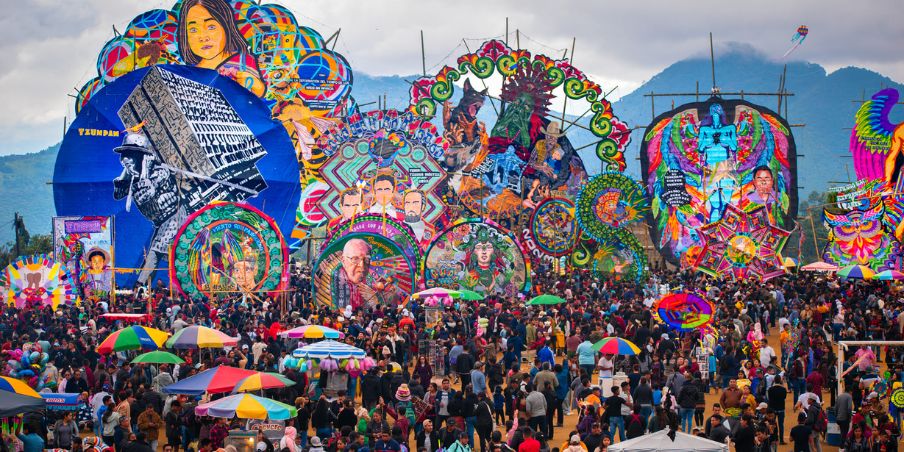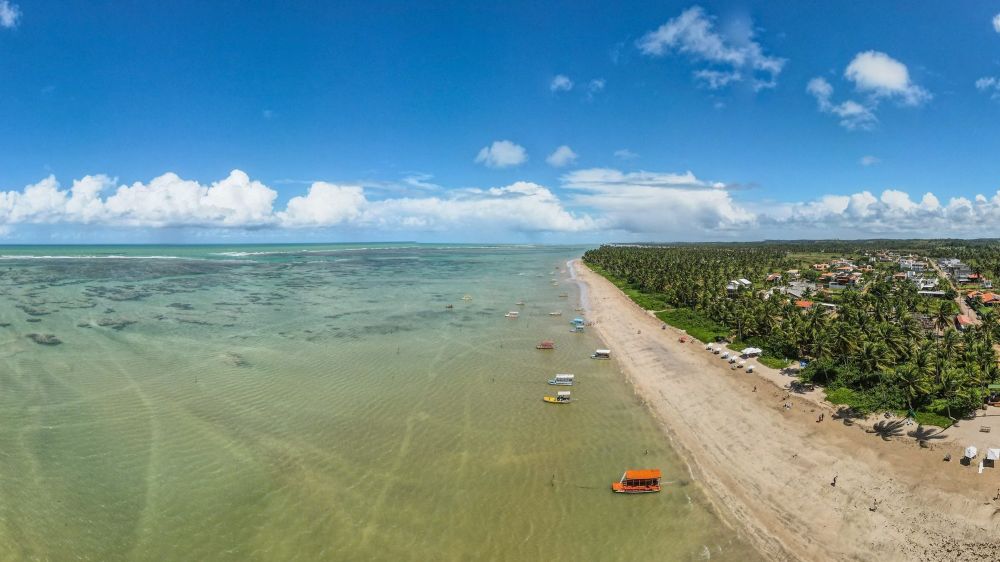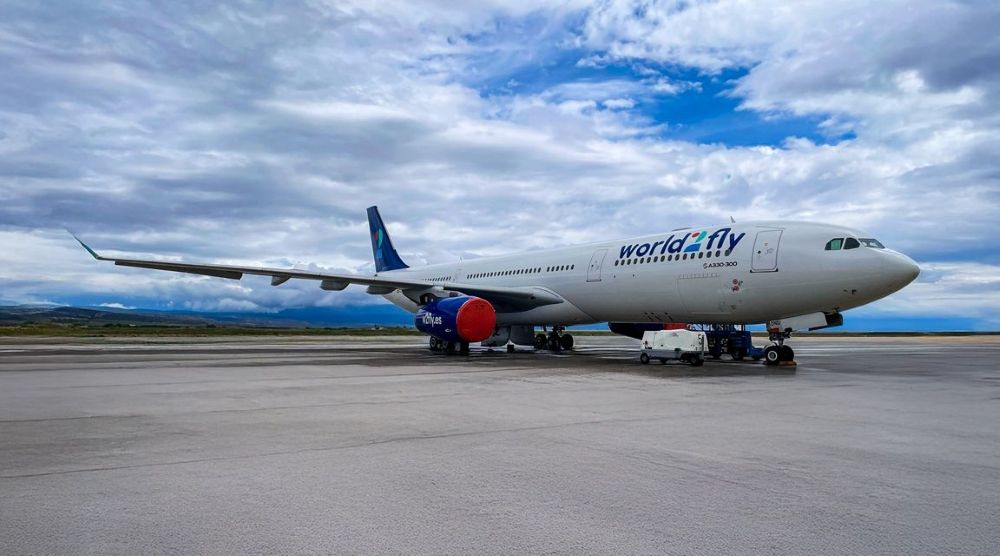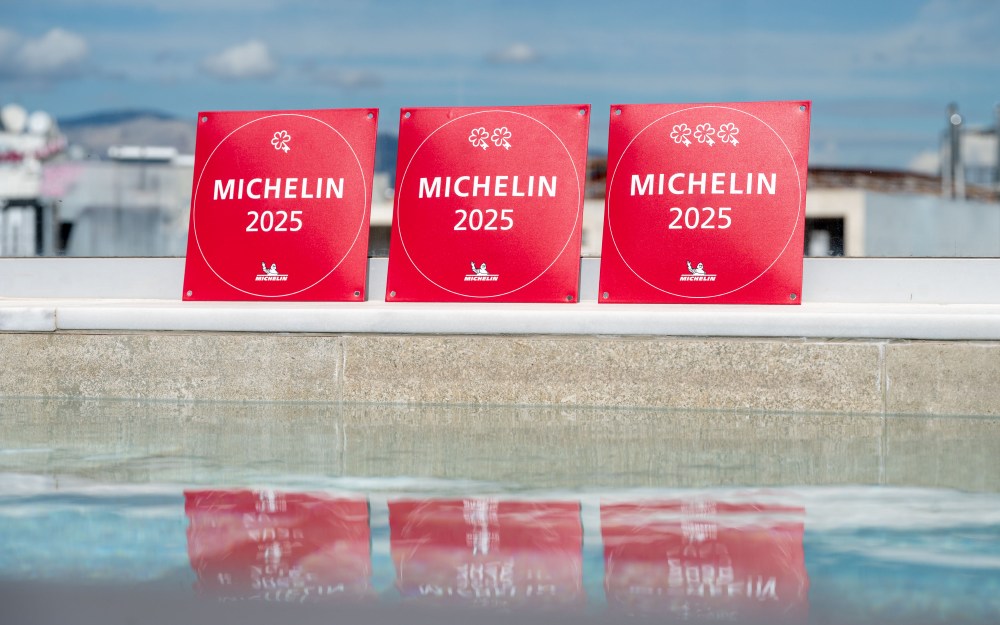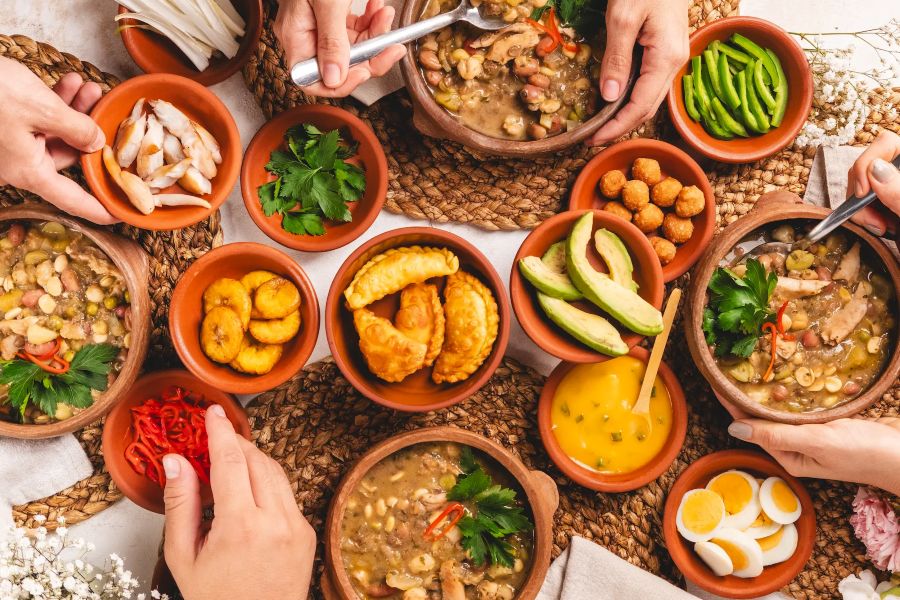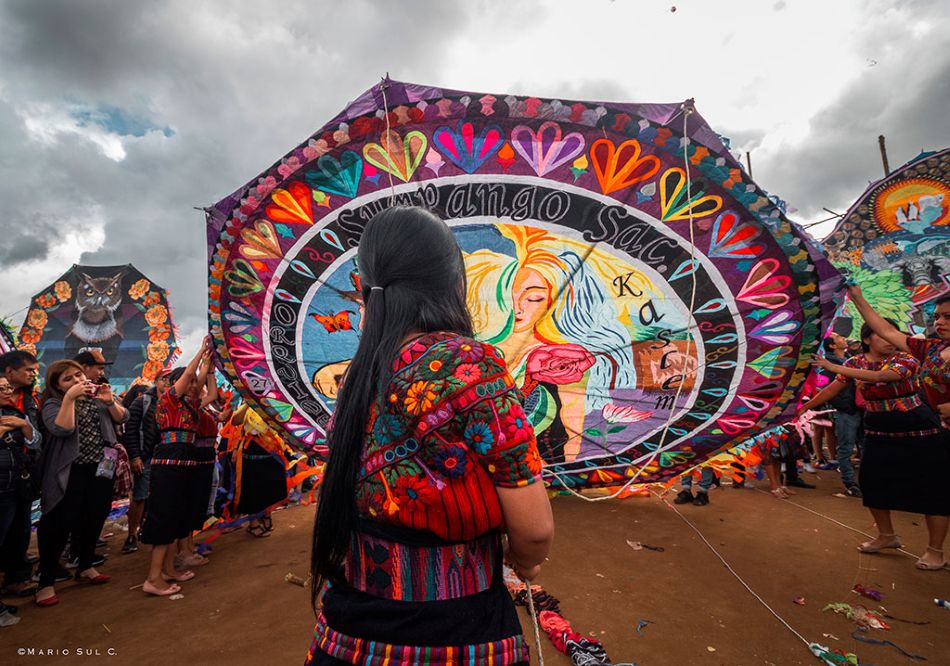From the Plaza de Mayo to the Tigre delta, Argentina‘s capital – often described as the most European city in Latin America – pulsates to the rhythm of tango, football and a cuisine that blends Italian, Spanish and Creole heritage. A stroll through its neighbourhoods will take you through five centuries of history while you sip a cortado (hazelnut coffee) on the corner of an avenue as wide as a Parisian boulevard.
Emblematic places
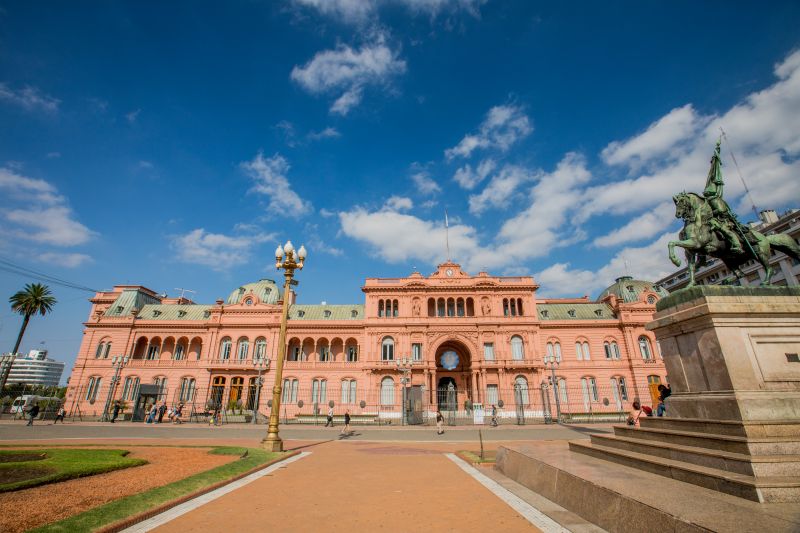
The Plaza de Mayo – the historic heart of the city – is a good place to start exploring. It was the scene of many of the country’s most important events, including the revolution of May 1810 – which gave it its name – and marked the start of the independence process. On the same esplanade is the Casa Rosada, the seat of the Presidency, as well as the Metropolitan Cathedral and its neoclassical façade. Inside, you’ll find impressive altars, colourful stained-glass windows and a magnificent Venetian mosaic floor; and, a detail that goes straight to the heart of the Porteños (inhabitants of Buenos Aires), a small museum that traces the life of Jorge Bergoglio, now Pope Francis – the local boy.
One kilometre away, at the intersection of Avenues 9 de Julio – 140 metres wide, one of the widest avenues in the world – and Corrientes, the Obelisk pierces the sky, is the symbol of the city and a landmark for residents and travellers alike.
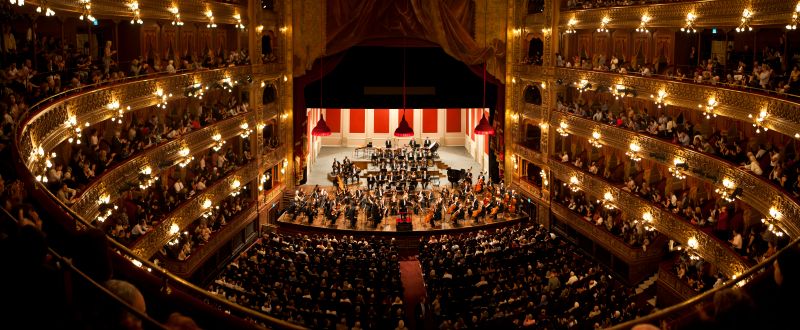
The Teatro Colón, just a stone’s throw away, is a jewel of South American opera, with legendary acoustics that have seen the likes of Caruso, Callas and Pavarotti. Its 2,500-seat Italian-style auditorium, crowned by a monumental chandelier, combines Carrara marble, gilding and deep red velvet. Whether or not you attend a performance, this diversions offers a privileged glimpse of Porteño’s cultural refinement.
Another impressive and unexpected place is the Recoleta cemetery, ideally accompanied by a guide who knows all the secrets of the place, you can discover imposing mausoleums, sculptures and tombs of key figures in Argentine history, including the most visited of all, that of Eva Perón.
San Telmo, La Boca, Palermo: three atmospheres
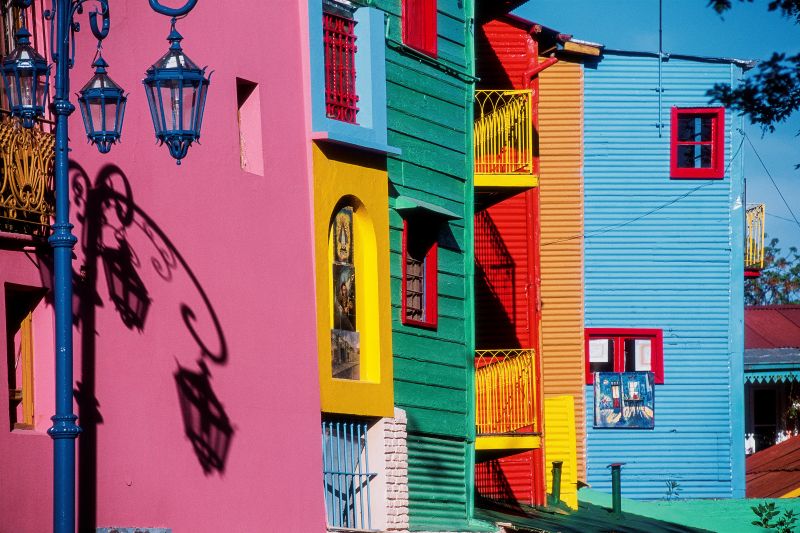
To feel the energy of Buenos Aires, you need to immerse yourself in its emblematic neighbourhoods. San Telmo, the most bohemian, hosts the feria de la calle Defensa every Sunday. For two kilometres, from the Plaza de Mayo to the Plaza Dorrego, you can bargain for vintage posters, vintage jewellery, ceramics, rare vinyls, handicrafts and vintage clothes, while musicians and tango dancers improvise on the cobblestones. To avoid the crowds and make the best finds, we recommend arriving before 10am.
Further south, La Boca explodes with colour, with its painted tin facades, imposing murals and artists’ studios open to the public. Between two galleries, you can sample classic porteño dishes: melting alfajores, Neapolitan-style pizza topped with stringy mozzarella, asado flavoured with quebracho or milanesa!
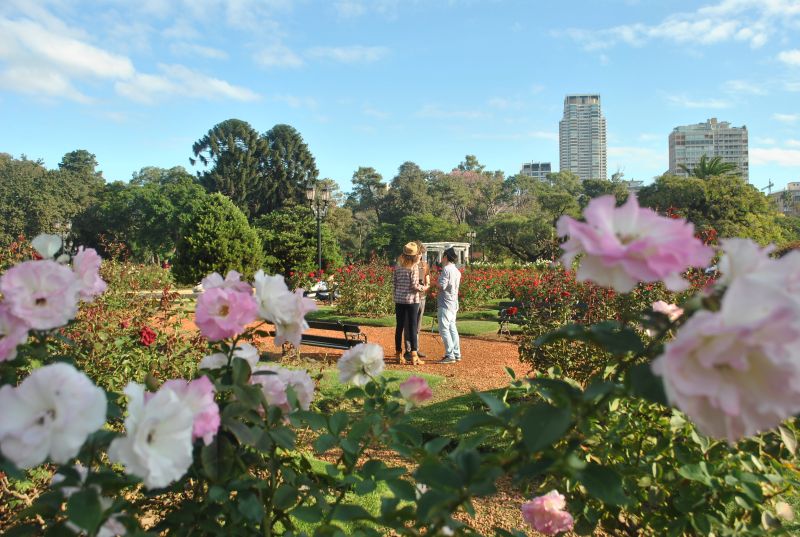
In contrast, Palermo offers a contrast of green calm and nightlife. Its trendy bars and coffee-shops line the Parque Tres de Febrero, a vast 400-hectare woodland where you can cruise along shady lakes before strolling among its 18,000 rose bushes, which fill the air with their fragrance from spring to autumn. It’s the perfect break from the hustle and bustle of the surrounding avenues.
Football: the Bombonera’s fervour
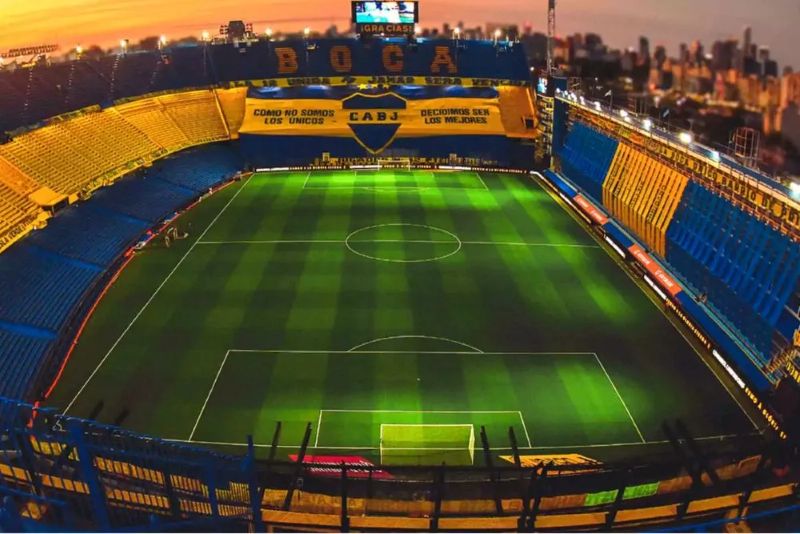
Football in this country is not just a sport: it’s a religion! The city is home to the country’s two biggest clubs: River Plate and Boca Juniors, whose historic rivalry stretches back almost a century and has given rise to one of the sport’s greatest classico. La Bombonera is a legendary stadium for sports fans the world over. Its unique structure and the atmosphere that reigns during matches make it an experience not to be missed, whether you’re a fan or not!
To extend your immersion in the world of football, the Museo de la Pasión Boquense and the guided tours of the stadiums allow you to discover the history of Diego Maradona and Leonel Messi, two national legends revered by Argentinians.
Tango: from milongas to big shows
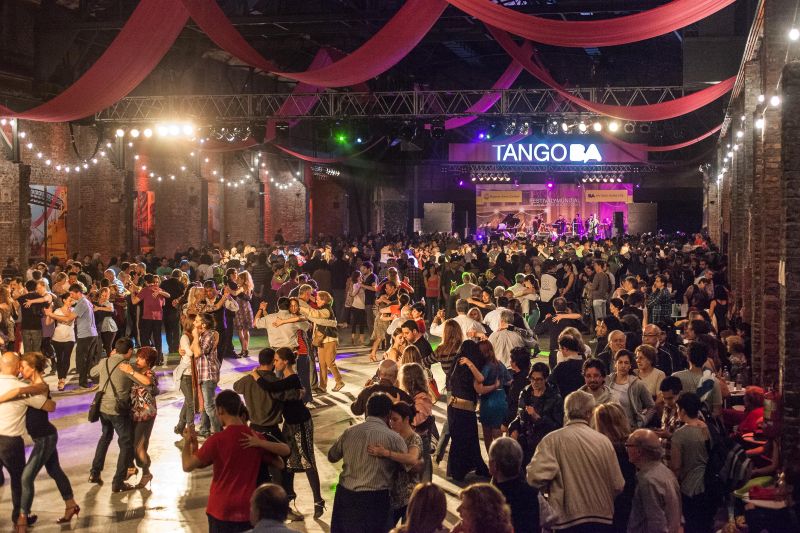
If football is a passion to be lived in euphoria, tango is to be danced with the soul. The best way to discover this art is to visit one of the many milongas (dance halls) dotted around the city, from the most traditional in neighbourhoods like Almagro to the most contemporary in Palermo.
Our article: Tango: A Melody of History and Culture
Tango shows, such as those held at iconic venues like El Querandí, the Café de los Angelitos and the tanguería La Ventana, offer a carefully staged combination of live music, professional dancing and an Argentinian dinner. In addition, many venues offer introductory courses for those wishing to take their first steps.
Our article: Guide to identify a traditional Buenos Aires café
Getaway: the Tigre delta
While the city offers enough attractions to keep you busy for several weeks, Buenos Aires is also an excellent base from which to explore neighbouring destinations. Just an hour by train or fast boat from the Tigre river station is the Paraná delta, one of the province’s natural gems. Made up of islands, canals and streams, it is the ideal place to relax amid lush vegetation, enjoy water sports or simply have lunch by the river.
By boat or kayak, private or group excursions take visitors through the nooks and crannies of the delta, stopping at island inns where typical culinary specialties are served, including empanadas, river fish, and the famous homemade dulce de leche. The nature reserve is also a must for birdwatchers and photographers, especially during spring and summer.
As you can see, Buenos Aires is a city that stays in your heart and transforms you with every step, every conversation, every bite, and every tango. In its streets, you experience history, breathe culture, and celebrate life. From the bars of San Telmo to the bustling stadiums of La Boca, it’s brimming with emotions that have spanned generations of travelers, making each visit a unique experience you’ll never forget.
Photos: Visit Buenos Aires | INPROTUR



